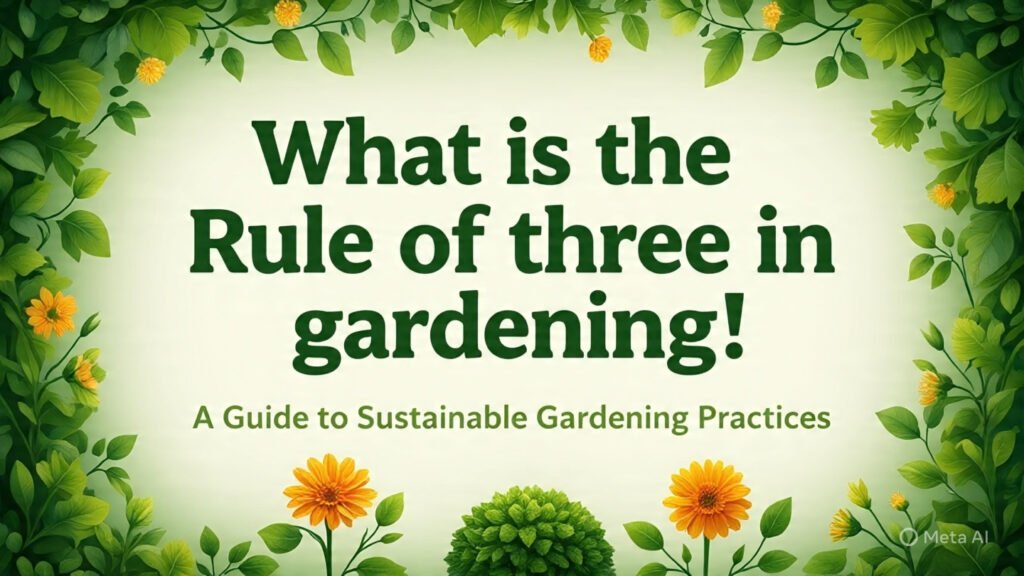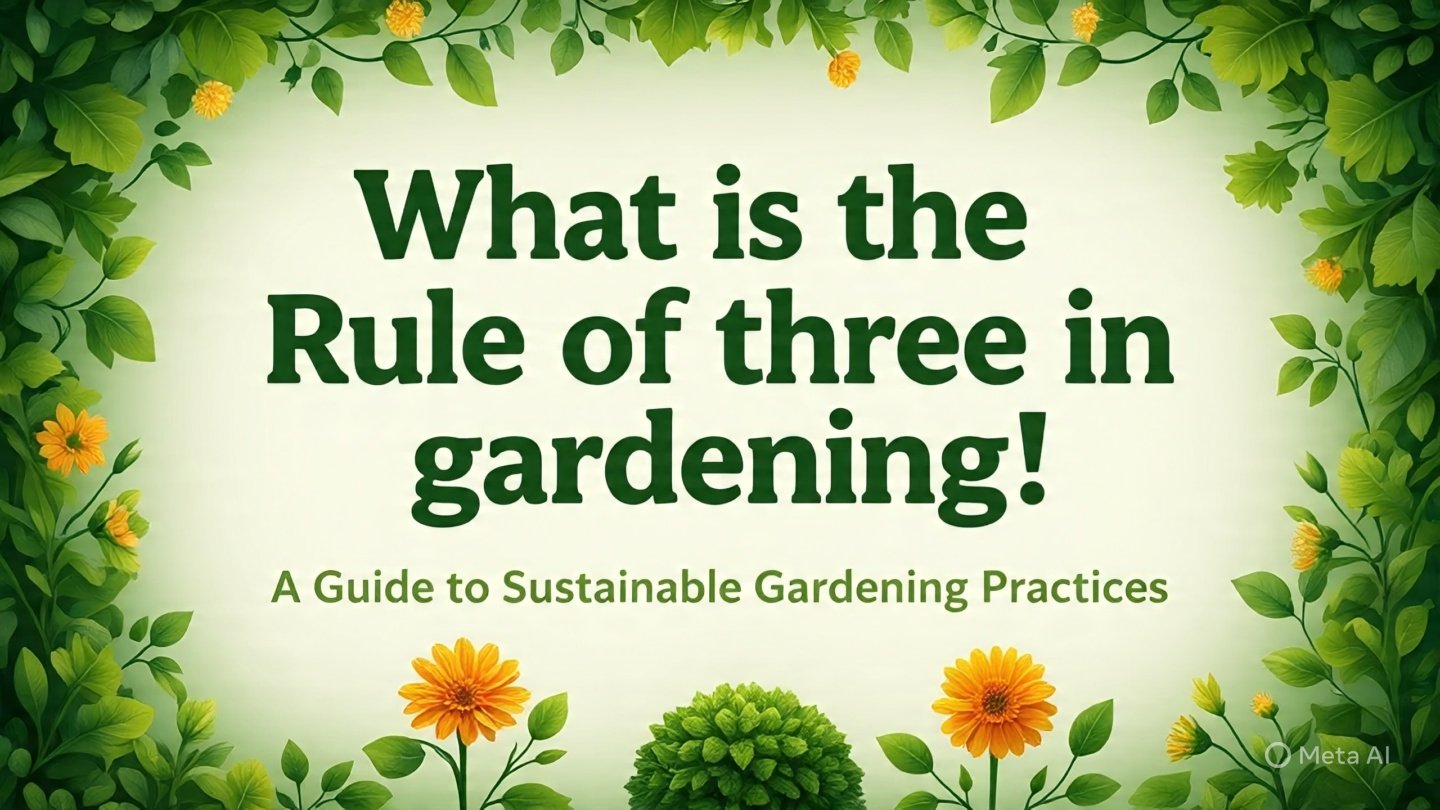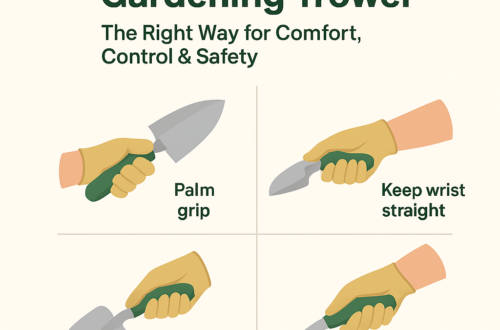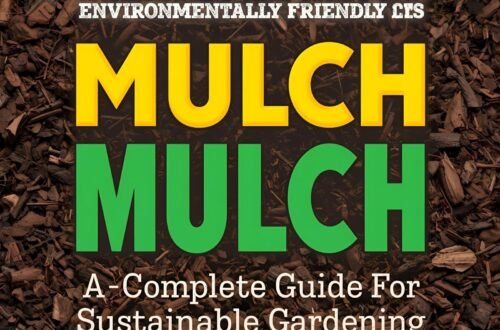What is the Rule of 3 in Gardening? Meaning, Benefits & Examples for a Beautiful Garden
Discover the gardening rule of 3, why planting in threes (or odd numbers) creates balance, harmony, and natural beauty in your garden design.
🌿 Introduction
Garden design is as much about art as it is about science. One of the most powerful principles used by both professional landscapers and home gardeners is the Rule of 3 in gardening. This simple yet effective guideline states that plants arranged in groups of three (or odd numbers) look more natural, balanced, and visually appealing than plants arranged in pairs or even numbers.
In this article, we’ll explore:
- What the rule of 3 in gardening means
- Why odd-number planting works better
- Examples of using the rule of 3 in real gardens
- Common mistakes to avoid
- FAQs for beginners and enthusiasts

🌱 What is the Rule of 3 in Gardening?
The rule of 3 in gardening is a design principle where plants, shrubs, or flowers are arranged in groups of three (or other odd numbers like 5, 7, or 9).
Why? Because odd numbers prevent a rigid or overly symmetrical look. Instead, they create a sense of movement, depth, and natural flow in your garden.
Think about how plants grow in nature — you rarely see them lined up in even pairs. By copying this natural pattern, your garden looks more harmonious and inviting.
🌻 Why Does the Rule of 3 Work?
- Visual Balance Without Symmetry
Odd numbers trick the eye into seeing more depth and balance without perfect symmetry. - Natural Appeal
Nature rarely arranges plants in twos — threes mimic organic growth. - Focus Points
A group of 3 creates a clear focal point, making one plant the star and the other two as supporting accents. - Design Flexibility
You can repeat groups of 3 across different areas, creating unity without monotony.
🌳 Examples of the Rule of 3 in Gardening
- Shrub Planting → Place three shrubs of the same type in a triangular pattern.
- Flower Beds → Plant three clumps of flowers for bold color patches.
- Container Gardening → Combine 3 complementary plants in one pot: a tall “thriller,” a medium “filler,” and a cascading “spiller.”
- Tree Placement → Use 3 trees to frame a lawn or pathway without overcrowding.
🌼 Should You Always Plant in Threes?
While planting in 3s is a great rule of thumb, it’s not a strict law. Sometimes planting in groups of 5 or 7 works better for larger spaces.
👉 Rule of Thumb: Small garden = 3, medium = 5, large = 7+.
🌟 Rule of 3 vs. Rule of Even Numbers
- Planting in twos often creates a mirror-like effect, which can look forced.
- Planting in threes avoids that stiffness and feels more natural.
🌱 Common Mistakes Beginners Make
- Planting three of the exact same size → looks flat. Instead, vary height or texture.
- Planting too close → allow spacing for growth.
- Ignoring color balance → three bold colors together may clash; choose harmonizing shades.
🌿 Practical Gardening Tips for Using the Rule of 3
- Use one tall plant, one medium plant, and one low/ground cover.
- Mix colors and textures for contrast.
- Repeat groups of 3 in different corners of your garden for unity.
- Don’t forget soil and sunlight needs — aesthetics only work if plants thrive.
🌟 FAQ Section
Q: What is the gardening rule of 3?
A: It means planting in odd numbers (like 3, 5, or 7) to create natural harmony and balance in your garden design.
Q: Should shrubs be planted in threes?
A: Yes, planting shrubs in odd numbers such as 3 or 5 looks more appealing than pairs.
Q: What does grow 3 together mean?
A: It refers to planting three companion plants close together for support, pest control, or design symmetry.
Q: Can I apply the rule of 3 in small spaces?
A: Absolutely! Even in container gardening, grouping three plants creates a beautiful layered effect.
Q: Is the rule of 3 only for plants?
A: No, it can also apply to garden ornaments, pots, or design elements like stepping stones.
Conclusion
The Rule of 3 in gardening is more than a design tip — it’s a way to make your garden look natural, balanced, and visually stunning. Whether you’re planting shrubs, flowers, or even designing containers, using odd-number groupings will instantly elevate your outdoor space.
Start small: pick a flower bed or corner of your garden and try planting in threes. You’ll be amazed at how this simple rule transforms your green space into a more welcoming and artistic environment.
Discover more from Ecorganicas
Subscribe to get the latest posts sent to your email.




